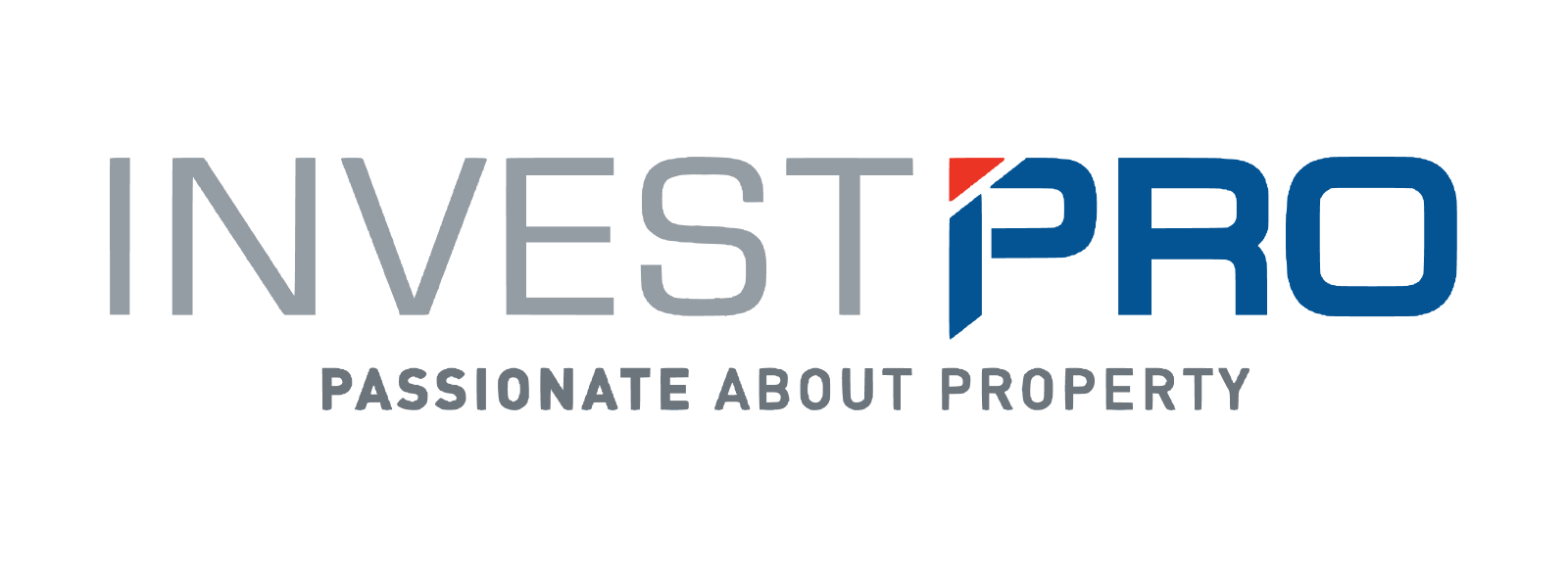Latest rental stats good for landlord
Longer-term rental trends are coming to light, let's take a look at how these impact both landlords and tenants.
The PayProp Rental Index reveals second quarter growth (measured year-on-year) of 3.86%, a similar number to the growth rate measured in Q1 2019. PayProp's Johette Smuts says that adding a moving average trendline highlights longer-term trends. In this case, it shows good news for landlords - rental growth remained steady over the last quarter and is not trending downward anymore.
Long-term insights
"Flat growth started in 2018 and 2019, so it's easy to forget that we had higher-than-inflation rental growth for much of 2017," says Smuts. "In that year, the average growth rate over 12 months was 6.45%, compared to inflation of 5.3%. Before that, in 2016, rental growth was much more in line with inflation."
For the last two years, however, Smuts says inflation has been outpacing rental growth rates, even though the rate of growth in consumer prices has dipped over previous years.
Opposite perspectives
Smuts adds that in all rental growth discussions, one should be mindful that there are two sides to the coin.
"While landlords and agents prefer higher growth, as it directly impacts their bottom line, tenants prefer the opposite."
Regional angles
She adds that unpacking rental growth from various regional angles puts lower growth into further perspective.
From a regional point of view, while the North West is still the cheapest province in which to rent, it had the highest growth rate (YoY) in the second quarter. The province also showed rapid rental growth in the first quarter of this year. Rental growth in the Western Cape continued to slow, but the province remains the most expensive for renters.
Limpopo and the Northern Cape both saw negative rental growth in quarter one, and this trend continued into quarter two. Ultimately, the negative growth means that rents are now lower than a year ago, Smuts says.
Free State rentals are still increasing much faster than most provinces and the same can be said for KwaZulu-Natal. Six out of the nine provinces saw higher rental growth levels in Q2 compared to Q1.
To conclude..
Smuts says that while rental growth is expected to stay muted for the time being, she expects a slow recovery towards the end of the year and into early 2020.
Longer-term rental trends are coming to light, let's take a look at how these impact both landlords and tenants.
The PayProp Rental Index reveals second quarter growth (measured year-on-year) of 3.86%, a similar number to the growth rate measured in Q1 2019. PayProp's Johette Smuts says that adding a moving average trendline highlights longer-term trends. In this case, it shows good news for landlords - rental growth remained steady over the last quarter and is not trending downward anymore.
Long-term insights
"Flat growth started in 2018 and 2019, so it's easy to forget that we had higher-than-inflation rental growth for much of 2017," says Smuts. "In that year, the average growth rate over 12 months was 6.45%, compared to inflation of 5.3%. Before that, in 2016, rental growth was much more in line with inflation."
For the last two years, however, Smuts says inflation has been outpacing rental growth rates, even though the rate of growth in consumer prices has dipped over previous years.
Opposite perspectives
Smuts adds that in all rental growth discussions, one should be mindful that there are two sides to the coin.
"While landlords and agents prefer higher growth, as it directly impacts their bottom line, tenants prefer the opposite."
Regional angles
She adds that unpacking rental growth from various regional angles puts lower growth into further perspective.
From a regional point of view, while the North West is still the cheapest province in which to rent, it had the highest growth rate (YoY) in the second quarter. The province also showed rapid rental growth in the first quarter of this year. Rental growth in the Western Cape continued to slow, but the province remains the most expensive for renters.
Limpopo and the Northern Cape both saw negative rental growth in quarter one, and this trend continued into quarter two. Ultimately, the negative growth means that rents are now lower than a year ago, Smuts says.
Free State rentals are still increasing much faster than most provinces and the same can be said for KwaZulu-Natal. Six out of the nine provinces saw higher rental growth levels in Q2 compared to Q1.
To conclude..
Smuts says that while rental growth is expected to stay muted for the time being, she expects a slow recovery towards the end of the year and into early 2020.
Author https://www.privateproperty.co.za

